
Your Top Fix and Flip Loan FAQs Answered
Fix and flip loans provide short-term financing to purchase and renovate a property that will be resold for a profit. These loans are designed for real estate investors looking to quickly acquire, improve, and sell a property in a short timeframe, usually 6-12 months. Let's dive into some frequently asked questions about these specialized real estate investment loans.
Key Takeaways
- Fix and flip loans are short-term loans used to purchase and renovate properties for resale
- Loan terms are usually 6-12 months with interest rates higher than traditional mortgages
- Lenders focus on the after repair value (ARV) of the property rather than the borrower's creditworthiness
- Having a detailed scope of work and budget is critical to securing a fix and flip loan
- Investors should have a clear exit strategy, whether reselling or refinancing, before taking out a loan
What are the benefits of a fix and flip loan?
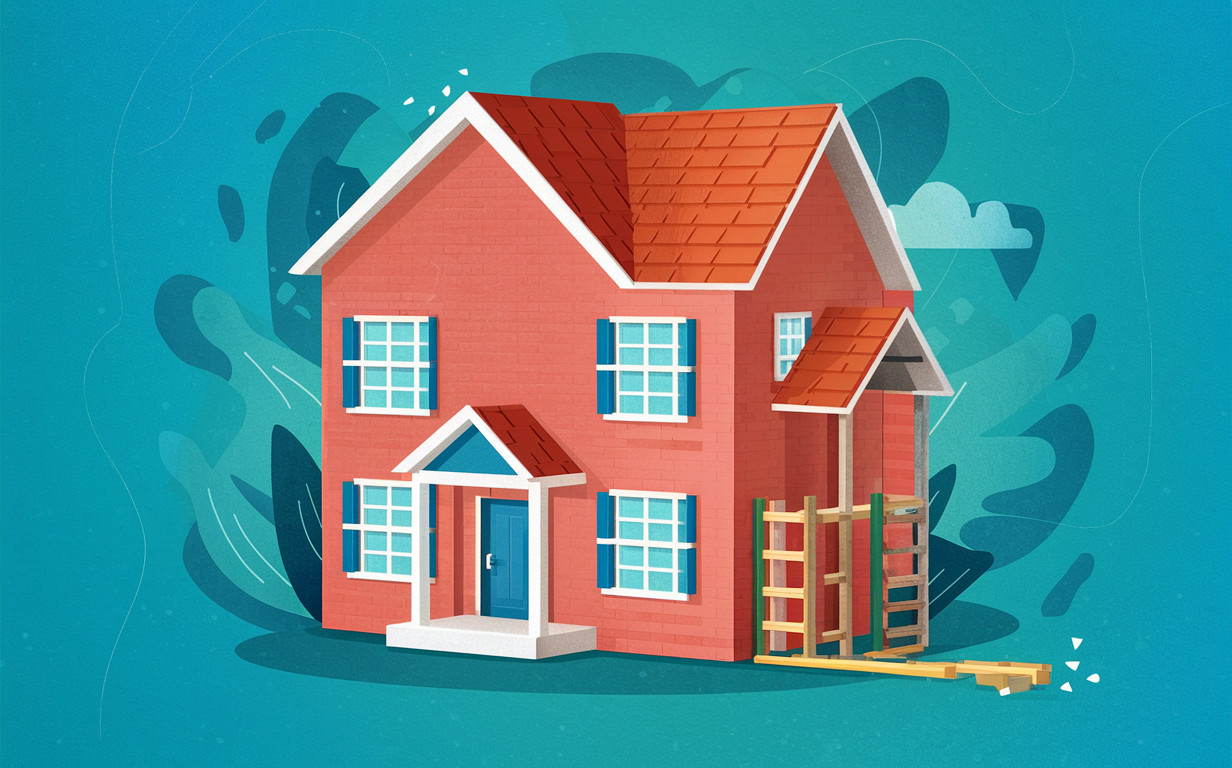
Fix and flip loans offer several advantages for real estate investors:
- Quick funding: Loans can close in as little as 7-14 days, allowing you to secure properties fast in competitive markets.
- Flexible underwriting: Lenders focus more on the property's profit potential than your personal finances or credit.
- Finance up to 100%: Some lenders offer financing for the purchase price and rehab costs.
- Potential tax benefits: The interest on fix and flip loans may be tax deductible as a business expense. Consult a tax professional.
- Build wealth: Successful flips can provide sizable returns to grow your real estate investing business.
What do lenders look for in a fix and flip loan application?

While requirements vary, most fix and flip lenders evaluate applications based on:
- Property value: The ARV and your purchase price determine how much you can borrow. Aim for at least a 15% profit margin.
- Rehab budget: Provide a detailed scope of work with cost estimates for materials and labor. Factor in a contingency fund.
- Borrower experience: Lenders prefer investors with a track record of successful flips, but some work with first-timers.
- Down payment: Expect to cover at least 10-20% of the purchase price and a portion of the rehab costs yourself.
- Exit strategy: Show how you plan to pay off the loan, either through resale profits or refinancing to a permanent mortgage.
What are typical fix and flip loan rates and terms?
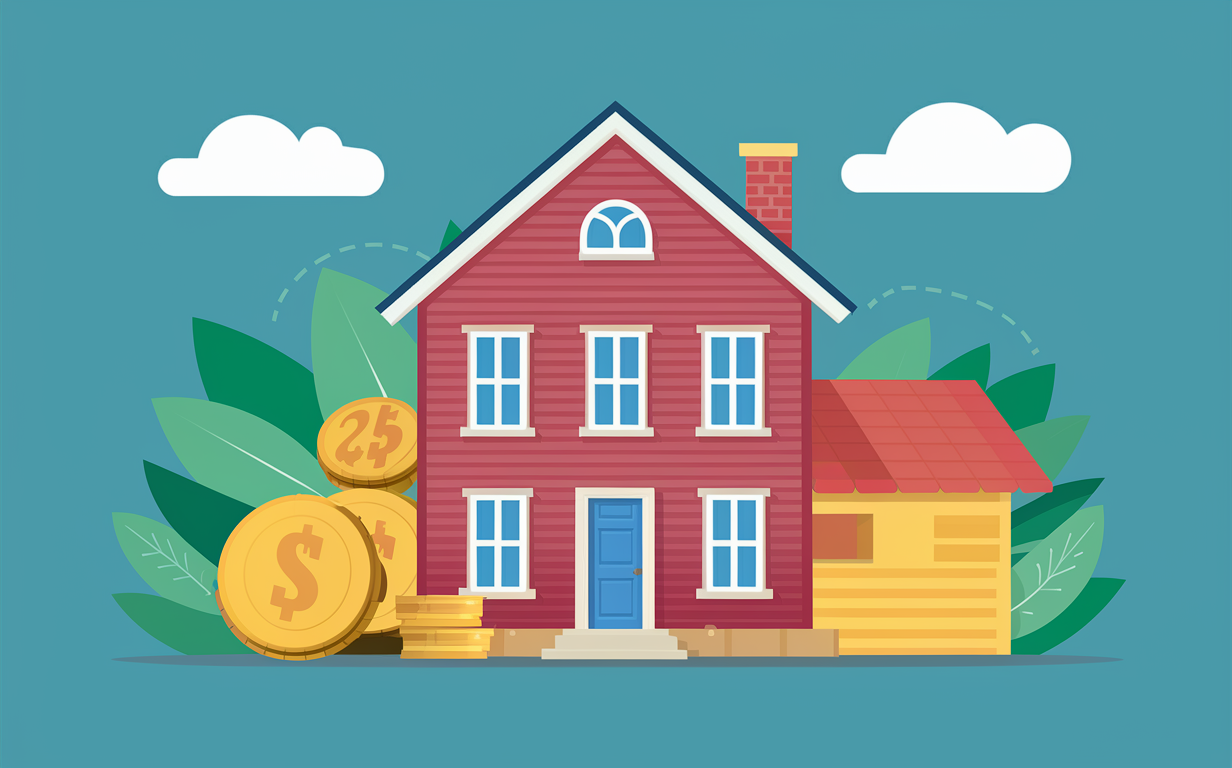
Fix and flip loans have higher interest rates and shorter terms compared to traditional mortgages:
| Typical Fix and Flip Loan Terms | |
|---|---|
| Loan amount | Up to 90% of purchase price + 100% of rehab costs |
| Interest rates | 7-12% |
| Loan terms | 6-12 months |
| Origination points | 1.5-3% |
| Prepayment penalties | Varies by lender |
Keep in mind, rates and terms can vary widely depending on the lender, your experience level, property location, and project scope. Compare offers from multiple lenders.
How quickly can I get funding?
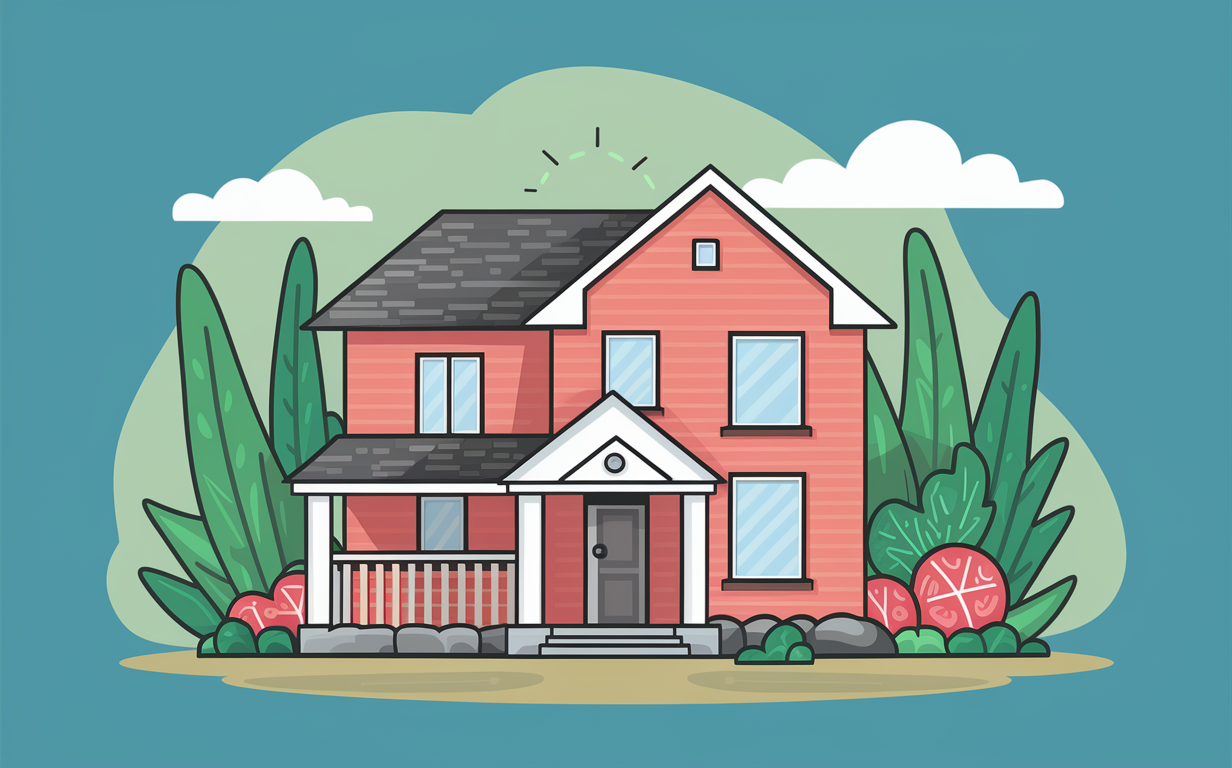
The speed of fix and flip financing is one of its biggest draws. Once you have a property under contract, the lending process typically looks like:
- Application: Submit your loan application with property details, rehab budget, and borrower information.
- Appraisal: The lender orders an independent appraisal to assess the property's as-is and after repair values.
- Underwriting: The lender reviews your application, appraisal, and supporting documents to make a decision, usually within 24-48 hours.
- Closing: If approved, you sign the loan documents and funds are wired for the purchase closing. Time to closing ranges from 7-14 days.
Some lenders offer a streamlined process for experienced investors with a proven track record. Build relationships with lenders to enable quicker, more efficient funding on future deals.
Can I get a fix and flip loan with bad credit?
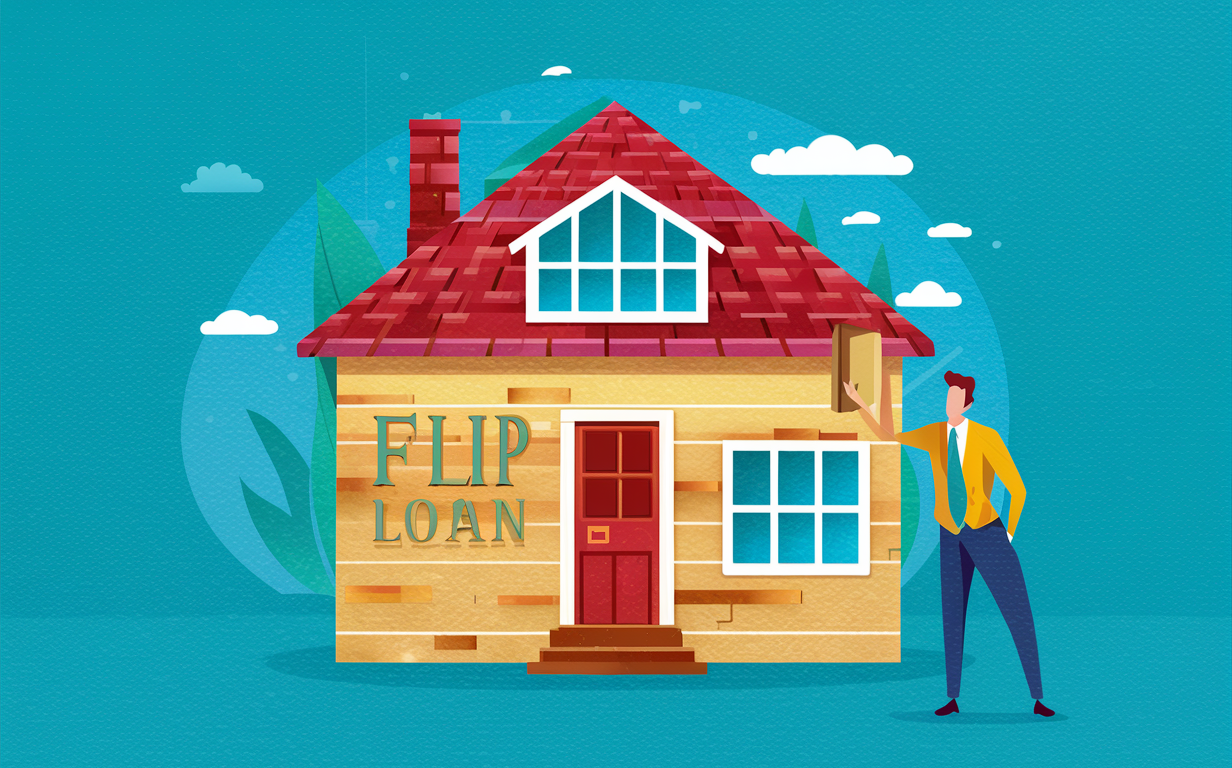
Fix and flip lenders are more concerned with the property's profit potential than your personal credit. That said, most have minimum credit score requirements, typically around 600-650.
If your credit is below the lender's threshold, you have a few options:
- Add a co-borrower with better credit to the application
- Make a larger down payment to offset risk
- Choose a less expensive property that requires a smaller loan amount
- Work on improving your credit before applying for financing
Discuss your situation with lenders upfront. Some specialize in subprime loans for borrowers with past credit issues.
How do I choose the right fix and flip lender?
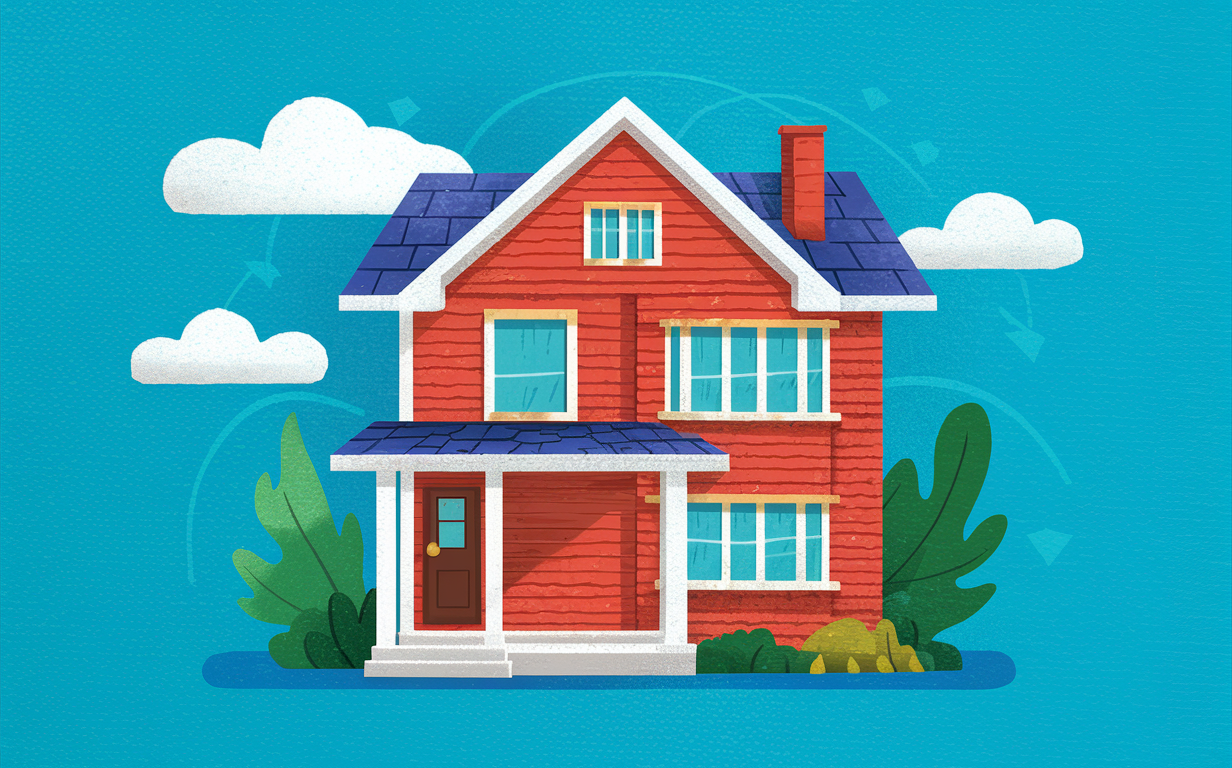
With numerous lenders offering fix and flip loans, how do you pick the best one? Consider these factors:
- Rates and terms: Compare interest rates, points, fees, loan-to-value ratios, and repayment terms. Don't just go with the lowest rate without reading the fine print.
- Experience: Look for lenders who specialize in fix and flip loans and understand the unique needs of investors. Ask about their track record.
- Reputation: Read online reviews and ask for referrals from other investors. Make sure the lender is reputable and delivers on their promises.
- Customer service: You want a responsive lender who communicates openly, answers questions promptly, and guides you through the process.
- Loan products: Some lenders offer multiple loan options (e.g. purchase-only, rehab-only, refinance) to fit different investing strategies. Ask about their full product suite.
Take the time to shop around and find a lender who will be a true partner in your house flipping business. Building a relationship with the right lender is invaluable.
What happens if I can't sell my flip?
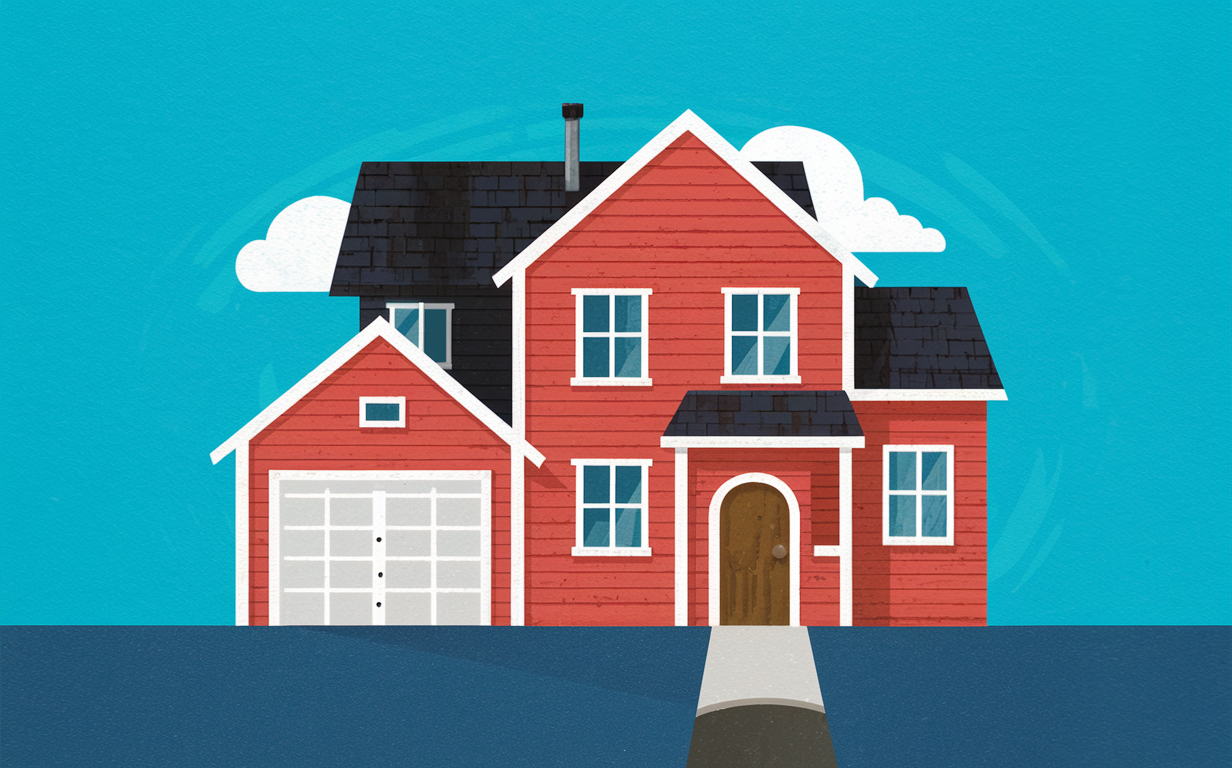
Even with careful planning, unexpected issues like construction delays or market shifts can derail your timeline to sell. If you reach the end of your loan term without a buyer, you have a few options:
- Request an extension: Some lenders offer a one-time extension (usually 3-6 months) for a fee to give you more time to sell.
- Refinance: If your flip is complete, you may be able to refinance into a conventional mortgage with a lower rate and longer term.
- Rent the property: Convert your flip to a rental and use the income to cover your loan payments until you can sell. You may need to refinance to a permanent loan.
- Sell at a discount: Lower the asking price to attract buyers and pay off your loan balance. You may take a loss but can move on to the next deal.
The best defense is a good offense. Build extra time into your project timeline, work with an experienced real estate agent, and have a solid backup plan. Communicate proactively with your lender if you foresee issues repaying the loan.
What fees should I expect with a fix and flip loan?
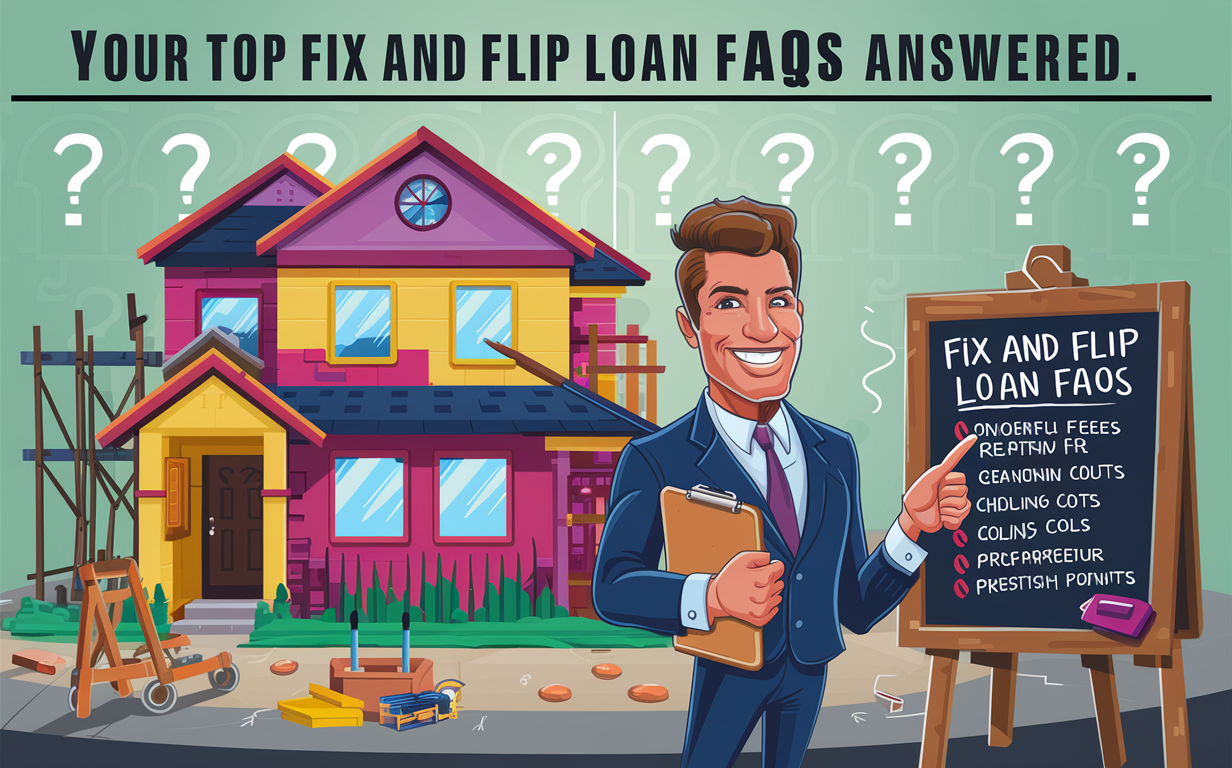
In addition to interest, fix and flip loans come with some additional costs:
| Common Fix and Flip Loan Fees | |
|---|---|
| Origination fee | 1-3% of loan amount |
| Appraisal fee | $500 - $750 |
| Title and escrow fees | Varies by state |
| Inspection fees | $300 - $500 |
| Prepayment penalties | Varies by lender |
| Late payment fees | 5-10% of payment amount |
Some lenders also charge a draw fee (1-2%) each time you request funds from your rehab budget. Others require you to pay for hazard insurance on the property during the loan term.
Factor all these costs into your deal analysis to ensure the flip still meets your profit goals. Ask lenders for a full breakdown of their fees upfront so you aren't surprised later.
How can I increase my chances of getting approved?

Boost your odds of securing a fix and flip loan with these tips:
- Build a track record: Successful flips demonstrate your expertise to lenders. If you're new, consider partnering with an experienced investor on your first deals.
- Prepare a solid scope of work: Show you've thoroughly researched the rehab by providing detailed plans, material costs, and labor bids.
- Invest your own funds: The more skin you have in the game, the more confident lenders will feel. Aim to cover at least 20% of the total project cost yourself.
- Improve your credit: While not the primary approval factor, a higher credit score never hurts. Pay down debt and fix any errors on your credit report before applying.
- Choose the right property: Run the numbers carefully and target properties with true profit potential. Avoid overpaying just to win a deal.
The more you can demonstrate your knowledge, experience, and investment in the project, the more likely lenders are to say yes.
Key Takeaway
Fix and flip loans are a powerful tool for real estate investors looking to quickly acquire and renovate properties for resale. By understanding how these loans work, what lenders look for, and the costs involved, you can confidently navigate the borrowing process and maximize your returns. Building relationships with experienced lenders and having a solid plan for each flip will set you up for long-term success in this exciting investing niche.